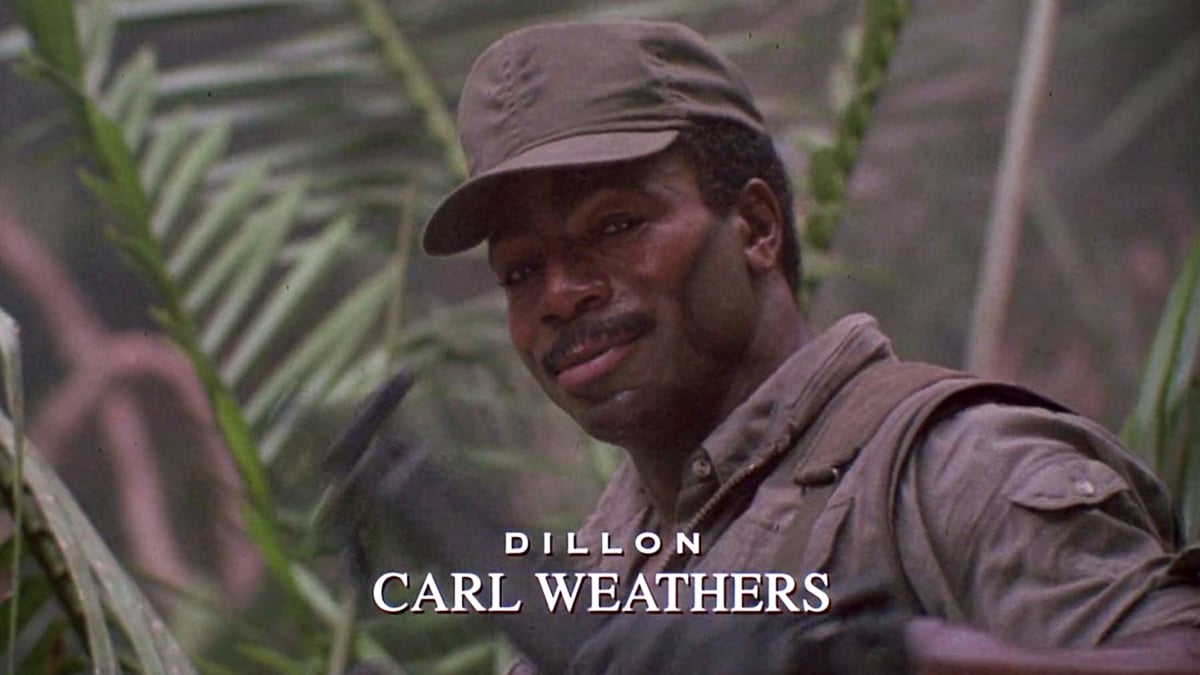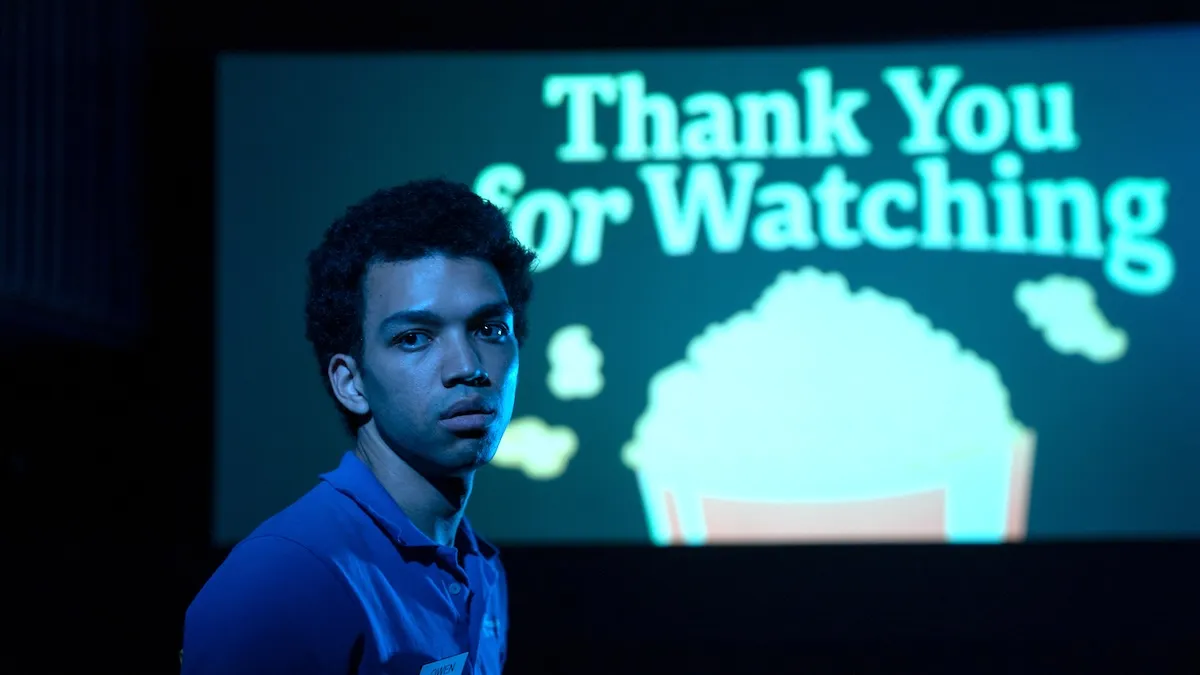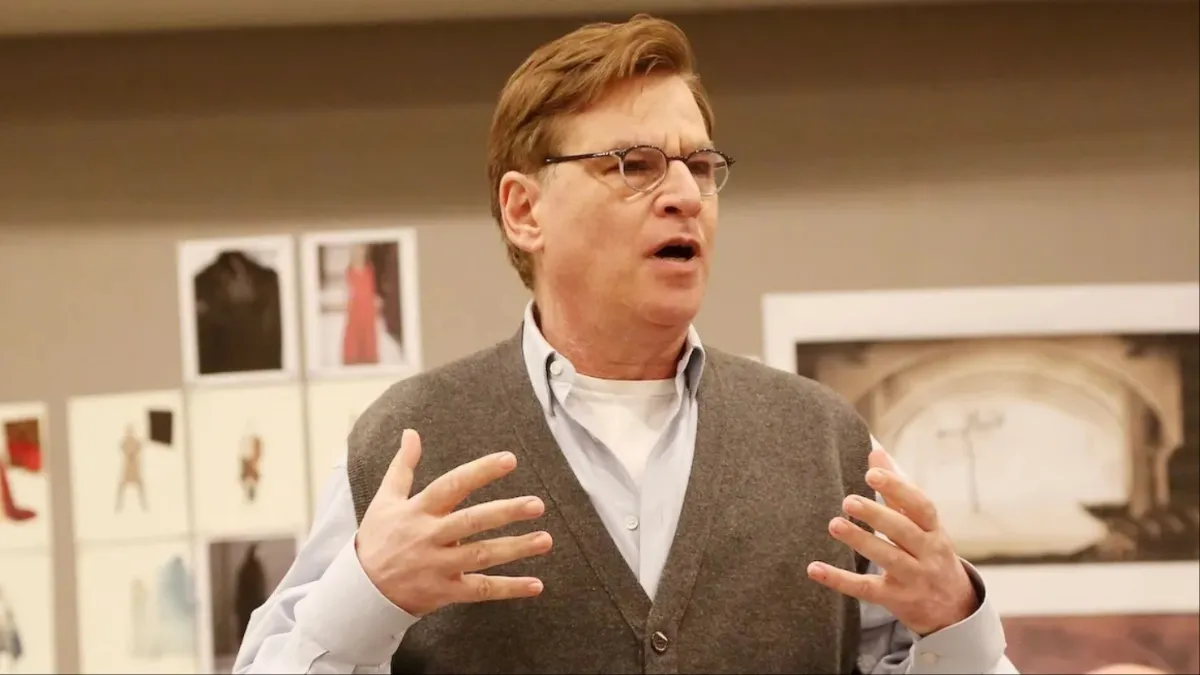After viewing the Netflix documentary Sly, which focuses on Sylvester Stallone and his decades-long movie career and expertise in action film franchising, I watched all of the Rambo films, mainly because the first three were released before I was on this earth.
Moreover, during my first viewing, I was at an age where constructing coherent opinions was about as likely as seeing an eagle riding an electric scooter. Rambo, complete with Stallone’s bulging biceps, plowed through the action picture genre, practically sprinting ahead, leading the charge like an overzealous personal trainer.
The character of John Rambo, a troubled Vietnam War veteran, embodied raw physicality, boiling emotions, and a brooding presence, all wrapped in a bandana and smeared with mud. This role not only catapulted Stallone’s career to new heights, but it also rewrote the book on the classic action hero. In the days before Rambo, action heroes were often suave, sophisticated, and slick. Post-Rambo, they became muscular, silent types with a penchant for solving problems with explosive arrows rather than witty banter. But the impact of Rambo goes beyond just muscles and mayhem. The franchise tapped into the zeitgeist of its era, addressing the plight of Vietnam War veterans and the societal challenges they faced upon returning home.
More than anything, Rambo became a cultural icon, influencing everything from fashion (who knew a simple tank top could be so iconic?) to language (the term “going Rambo” is a testament to this). In terms of cinematic legacy, the franchise’s impact on the action genre is undeniable. It set a high bar for action sequences, making it almost mandatory for future films to include at least one scene of a lone hero taking on an army. The sheer audacity of these sequences often stretched believability, but then again, in the world of Rambo, realism is often the first casualty. So, while we reflect on the Rambo franchise, here are all the movies in chronological sequence.
First Blood (1982)
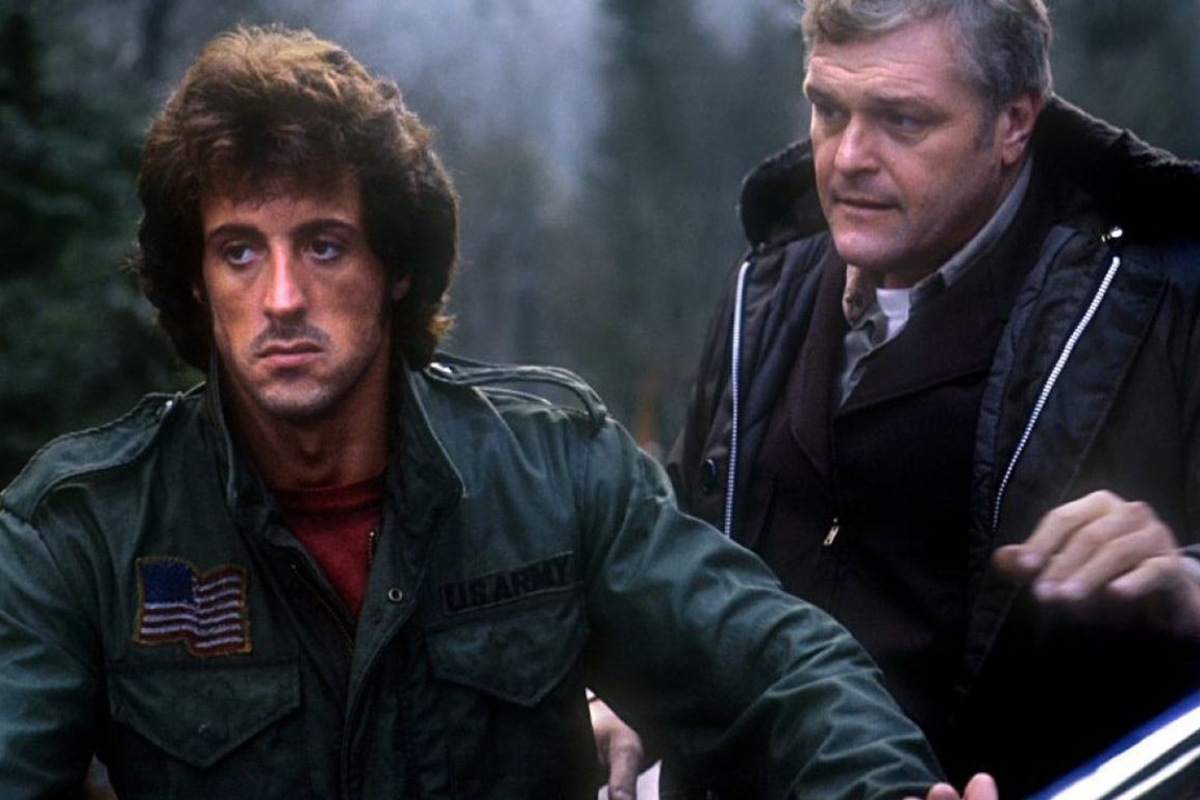
First Blood, the first chapter in the iconic Rambo saga, is not your average stroll through the woods despite its forest-rich setting. It’s a film where John Rambo, a Vietnam War vet with a skill set more suited to guerrilla warfare than small-town life, finds himself in a clash with the less-than-hospitable law enforcement of a quaint American town. Directed by Ted Kotcheff, the film serves as an explosive mix of action, drama, and a subtle critique of the treatment of war veterans.
With his brooding eyes and few yet impactful lines, Stallone turns Rambo into a symbol of both the physical and psychological scars of war. As Rambo traverses the landscape, setting booby traps as if he’s hosting a deadly forest-themed party, the picture skillfully mixes the tension with a narrative complexity that would make following sequels jealous. First Blood isn’t just a film about a man fighting for survival; it’s about a man fighting his past.
Rambo: First Blood Part II (1985)
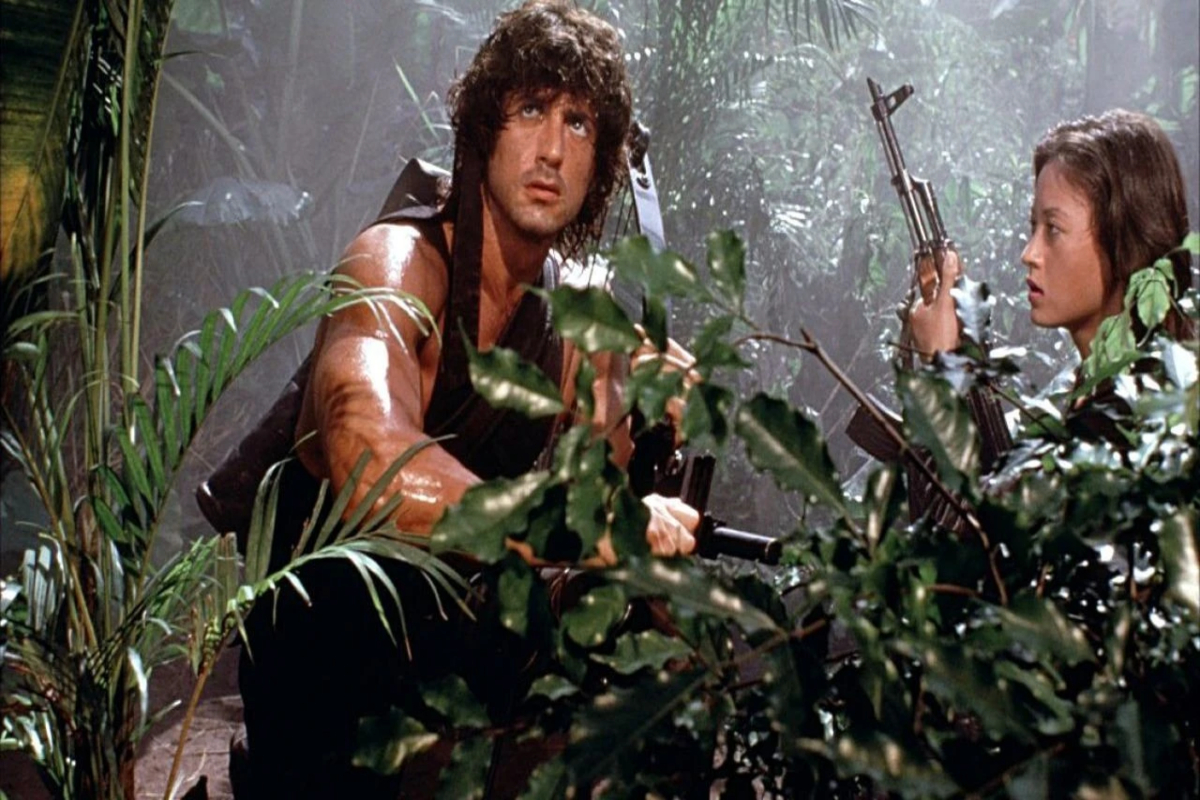
Rambo: First Blood Part II is where the Rambo franchise, much like its muscle-bound protagonist, flexed even harder. In this explosively patriotic sequel, John Rambo, with a physique seemingly carved out of granite, is plucked from a prison labor camp for a mission about as easy as arm-wrestling a grizzly bear. He’s sent back to Vietnam with a simple agenda: find American POWs and avoid starting World War III. Simple, right? This film, directed by George P. Cosmatos, elevates the action from its predecessor to stratospheric levels.
Rambo, armed with his trusty bow and arrows (now upgraded with explosive tips because regular arrows are so 1982) and that trusted bandana, turns the Vietnamese jungle into his personal action playground. What really separates this sequel from the rest is its unapologetic use of action movie clichés, such as stereotypical antagonists, heroic one-liners, and cringe-worthy machismo. Stallone’s Rambo evolves into a one-person army, and the film’s climax is a fireworks display of action choreography, a testament to the “bigger is better” mantra of the ’80s.
Rambo III (1988)
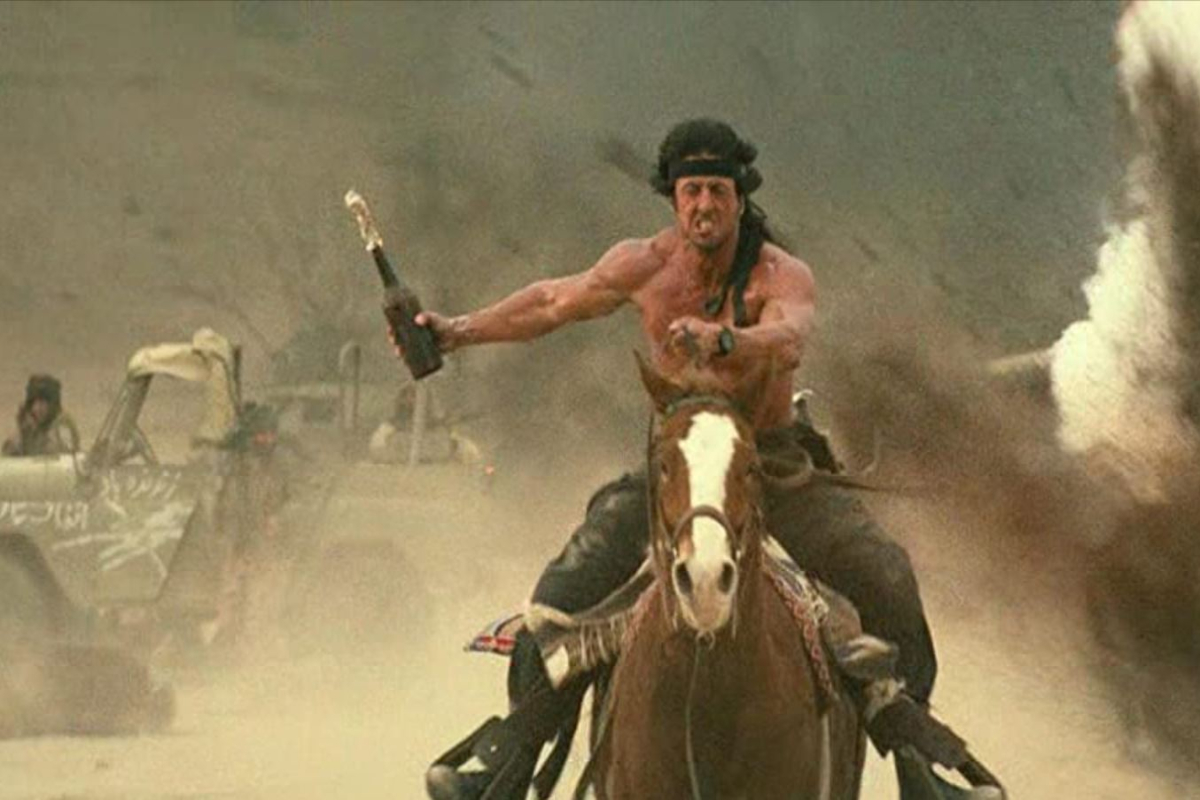
In this installment, directed by Peter MacDonald, we see our hero, John Rambo, flexing his muscles in yet another landscape, this time the deserts of Afghanistan. By now, he’s no longer just a soldier; he’s a one-person army with a penchant for explosive entrances and even more explosive exits. The plot is a classic tale of rescue and rebellion. Rambo’s former commander, Colonel Trautman, is captured by Soviet forces in Afghanistan, and naturally, it’s up to Rambo to save the day.
The film takes the political undertones of the Cold War and turns them into overtones loud enough to drown out a rock concert. Rambo allies with Afghan Mujahideen fighters, adding a geopolitical layer to his usual personal vendetta against injustice. The action sequences in Rambo III feature Rambo wreaking havoc with his trusty bow, explosive arrows, and an array of heavy weaponry that would make an arms dealer swoon. Rambo III is less of a movie and more of an adrenaline-fueled ride through a battlefield, with Stallone’s Rambo steering the tank.
Rambo (2008)
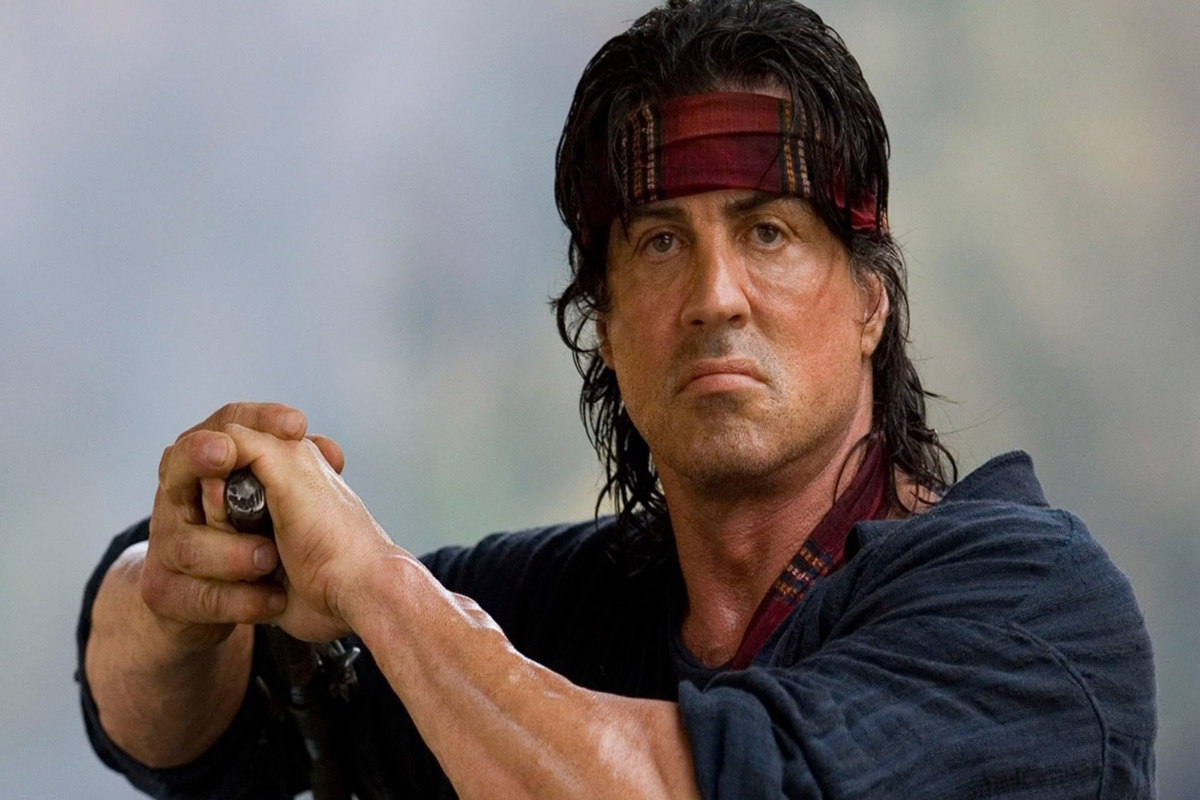
In Rambo, the fourth installment of the franchise, Sylvester Stallone’s John Rambo returns, older but not keen on a quiet retirement. Set in the brutal landscape of war-torn Burma, Rambo has traded his explosive arrows for a more somber, yet still very much furious, demeanor. The film feels like a high school reunion where the star athlete shows up, slightly grayer but still able to bench press a small car. Gone are the Cold War undertones and deserts of Afghanistan. Instead, Rambo is now a snake-catching, boat-piloting recluse drawn into a rescue mission.
A group of idealistic missionaries, who clearly missed the memo on Rambo’s previous vacation destinations, seek his help. Reluctantly, our hero agrees, and what follows is a masterclass in geriatric guerrilla warfare. The action in Rambo is a visceral, gritty, and unapologetically violent affair, echoing the film’s darker tone. Stallone, both in front and behind the camera, crafts a narrative that’s less about glorifying war and more a commentary on its horrors.
Rambo: Last Blood (2019)
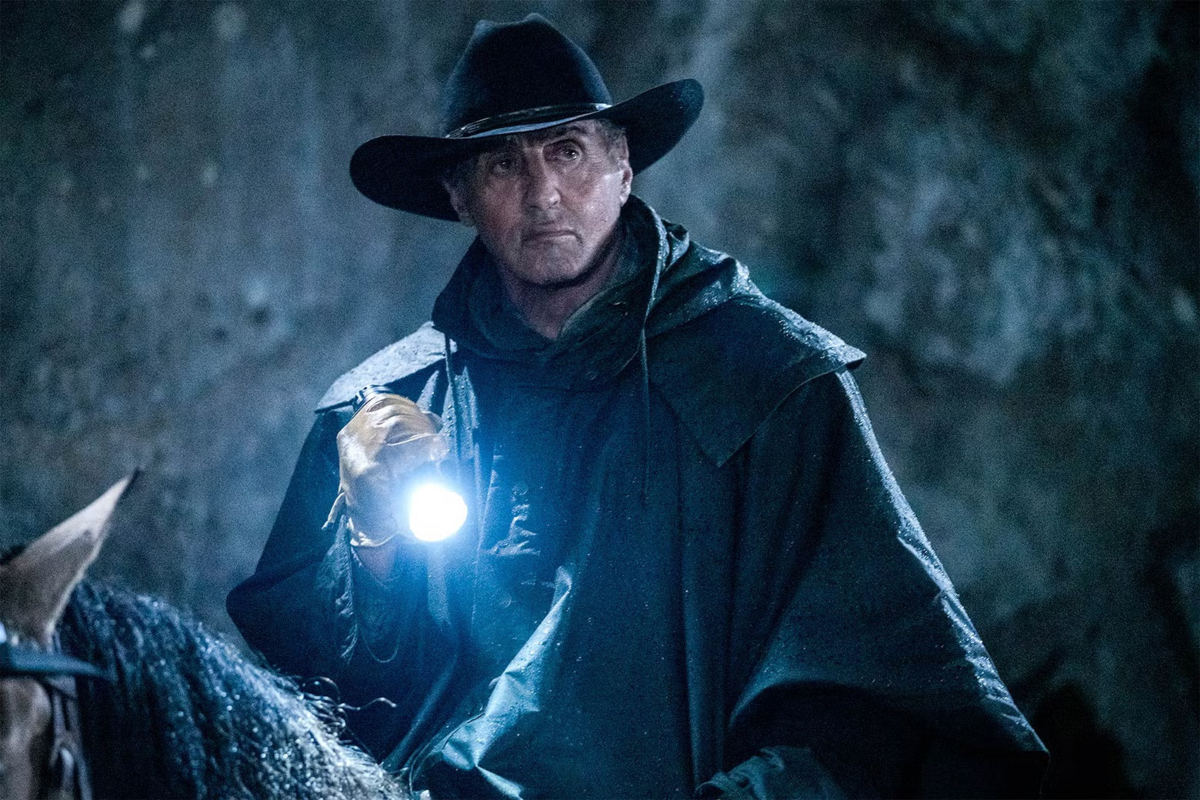
Potentially the final chapter in the saga of the evergreen warrior John Rambo, Rambo: Last Blood plays out like a swan song with a grenade launcher. Sylvester Stallone, embodying Rambo yet again, has traded the jungles and deserts of yesteryears for a more serene life on a ranch in Arizona. But as luck would have it, tranquility is as fleeting for Rambo as a shadow in a shootout. Directed by Adrian Grunberg, the film sees Rambo facing off not against armies or foreign adversaries but against a Mexican cartel.
The story shifts gears from global conflicts to more personal vendettas, with Rambo doing what he does best—setting traps and doling out vigilante justice, like a retiree reluctantly returning to work. This installment, while sprinkling in themes of family and revenge, maintains the franchise’s tradition of not skirting around the visceral realities of violence. Rambo: Last Blood might not be the most poetic farewell to the character, but it echoes the series’ ethos—that some soldiers never truly find peace, and some franchise heroes never really retire.
(featured image: Orion Pictures)




